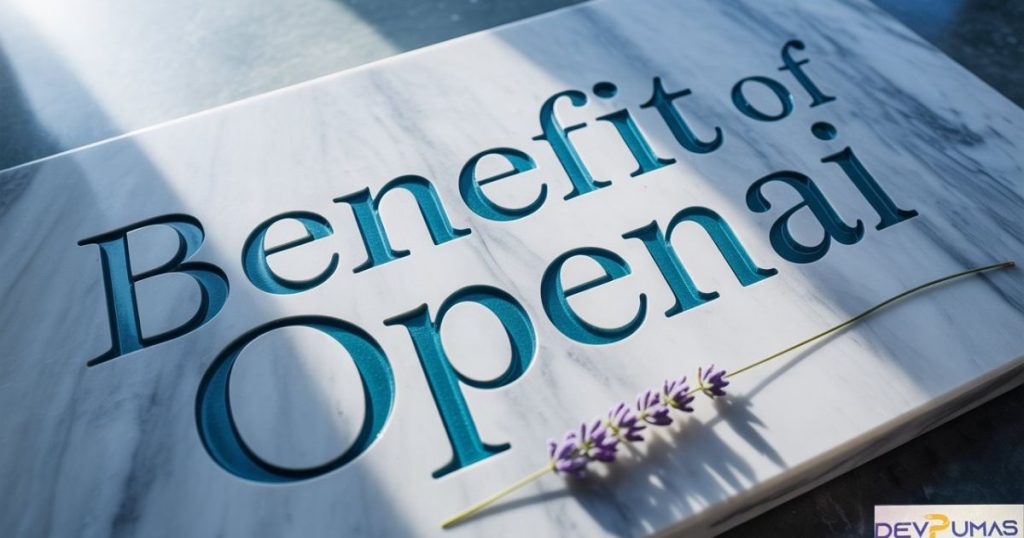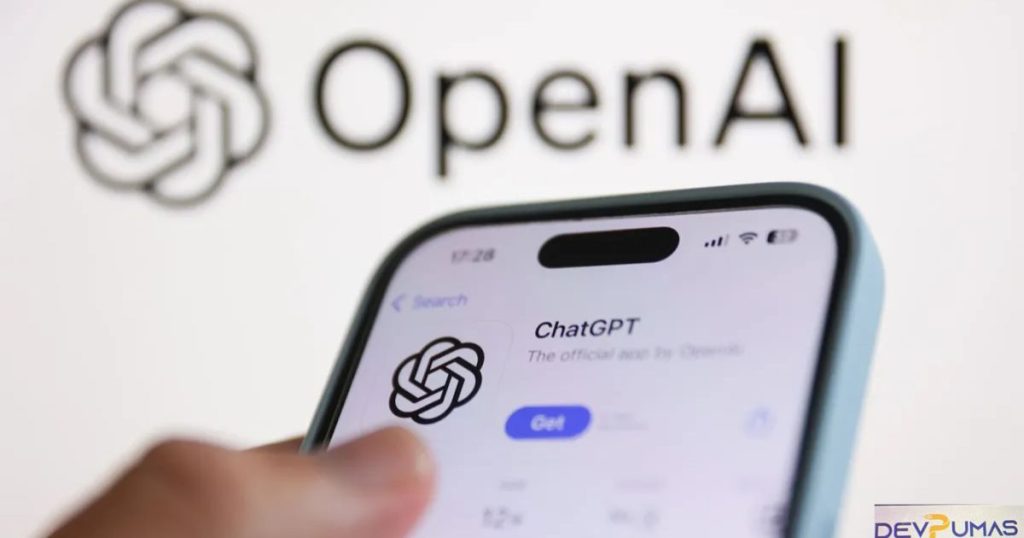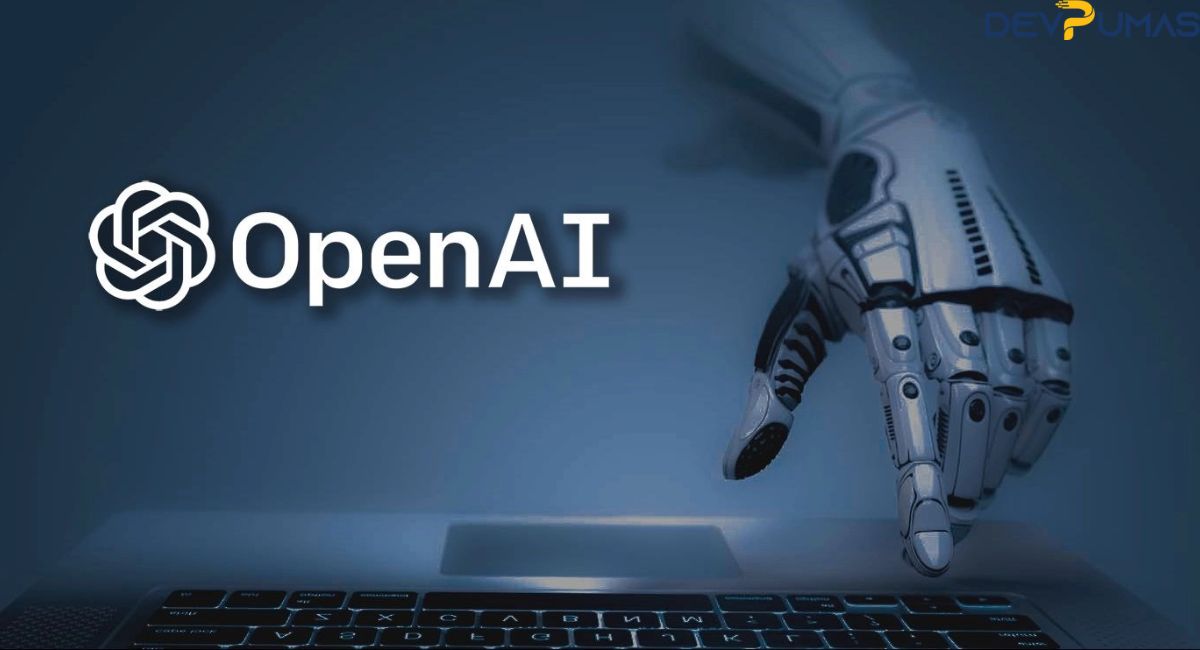In today’s fast-changing digital world, OpenAI has become the most influential force in Artificial Intelligence (AI). Known for creating advanced Generative AI solutions like ChatGPT, DALL·E 3, Codex, and Whisper, it has completely transformed how businesses and developers build modern applications. Unlike traditional Machine Learning (ML) platforms, OpenAI offers flexible APIs that allow seamless integration of Large Language Models (LLMs), Natural Language Processing (NLP), and speech recognition AI into SaaS products. With a strong Microsoft partnership with OpenAI, the company has grown into the leader of AI automation tools and enterprise AI compliance. This makes OpenAI API the preferred choice for innovation in 2025.
What is OpenAI?
To understand why OpenAI leads the race, we must first ask: What is OpenAI and how does it work? OpenAI started in 2015 as a research lab with the mission to ensure that Artificial General Intelligence (AGI) benefits all of humanity. Who founded OpenAI and when? It was launched by Elon Musk, Sam Altman, and others as a non-profit before shifting to a for-profit AI model in 2019. This change allowed OpenAI to scale quickly and compete with tech giants.
The Timeline of OpenAI’s history shows its major milestones. From GPT models like GPT-2 to GPT-3.5, then GPT-4, GPT-4 Turbo, GPT-4o, GPT-4o mini, GPT-4.5, and now experimental models like o1-preview and o1-mini, the company has built the most advanced neural networks in the world. Products like ChatGPT, DALL·E 3, Codex, Whisper, and OpenAI Gym have transformed industries, showing how Machine Learning (ML), reinforcement learning, predictive analytics, and speech recognition AI can be used in SaaS apps.
Key Features of OpenAI API for SaaS
The OpenAI API offers powerful tools for SaaS developers. Its most popular product, ChatGPT, uses Natural Language Processing (NLP) and Generative AI to create chatbots, customer support agents, and knowledge assistants. Unlike older models, the latest LLMs can handle multimodal AI tasks, including text, code, images, and even voice. What is ChatGPT used for? Today, it helps businesses with real-time responses, AI automation tools, and personalized customer experiences.
Developers can also use OpenAI Codex to generate code, DALL·E 3 to create high-quality images, and Whisper for speech recognition AI and text-to-speech (TTS). This flexibility allows SaaS companies to combine tools in creative ways. How does DALL·E 3 generate images? It uses neural networks trained on massive datasets. How accurate is OpenAI Whisper? It delivers high accuracy in speech-to-text tasks, making it useful for transcription services.

Benefit of OpenAI
The benefits of using OpenAI in SaaS apps are endless. It helps businesses cut costs by automating repetitive tasks and delivers smarter predictive analytics to support decision-making. For developers, the OpenAI API provides simple integrations that save time compared to building models from scratch. Benefits of using OpenAI products include scalability, personalization, and improved customer experience.
However, there are also challenges. Drawbacks of OpenAI products and services include concerns about AI ethics and bias, AI safety concerns, and AI lawsuits and copyright risks. Many people ask, Is OpenAI ethical or biased? Is OpenAI safe to use? The company works hard to reduce bias and has strict policies for enterprise AI compliance under HIPAA and GDPR. Despite the risks, the advantages far outweigh the downsides for most SaaS businesses.
Pricing of OpenAI API in 2025
Pricing is always a big question for SaaS developers. OpenAI pricing for API usage in 2025 is designed to fit different needs. Startups can use free or low-cost tiers, while enterprises can unlock premium features with larger models like GPT-4.5 or o1-preview.
Here’s a simple comparison of OpenAI API pricing in 2025:
| Plan | Features | Best For |
| Free Tier | Limited requests, GPT-3.5 access | Small projects & testing |
| Standard | GPT-4, DALL·E 3, Whisper | Startups & growing SaaS apps |
| Enterprise | GPT-4.5, Multimodal, compliance tools | Large SaaS platforms needing scale |
Compared to rivals like Google Gemini API or Anthropic Claude API, OpenAI offers the best balance of performance, cost, and compliance.

Best Practices for SaaS Developers Using OpenAI
Knowing how to integrate OpenAI into SaaS apps is key to success. Developers should optimize prompts for better output, follow best practices for prompt engineering, and test models with real users. Data security matters, especially for SaaS businesses in the USA that must follow HIPAA and GDPR rules.
Developers should also remember AI ethics and bias when designing apps. Can ChatGPT replace jobs? Maybe in some cases, but with careful planning, it works best as a support tool. To get better results, SaaS developers must fine-tune responses, monitor usage, and set clear limits for automation.
Other Top AI APIs to Consider in 2025
OpenAI may be the best, but other APIs are also competing. OpenAI vs Google Gemini vs Anthropic Claude is a popular debate. Google’s Gemini API is strong in reasoning, while Anthropic Claude focuses on safe and ethical AI. Microsoft’s partnership with OpenAI also makes integration with Azure powerful for enterprise apps.
Amazon’s Bedrock API is useful for enterprise AI compliance and cloud infrastructure. Open-source solutions are also rising, giving developers low-cost AI for developers options. Why did OpenAI shift from non-profit to for-profit? To raise capital and expand, which gave it an edge over rivals.
Future of OpenAI in 2025 and Beyond
The future of OpenAI and Generative AI in 2025 looks very promising. With new GPT models like GPT-4.5, GPT-4o mini, and experimental o1-preview models, the company is working on faster, smarter, and more affordable Large Language Models (LLMs). These will power better AI in business applications across industries.
Beyond SaaS, OpenAI’s multimodal AI will expand into speech recognition AI, text-to-speech (TTS), predictive analytics, and reinforcement learning. However, the company also faces challenges such as AI ethics and bias, AI safety concerns, and copyright lawsuits. Still, with strong backing from the Microsoft partnership with OpenAI, its role as a leader in enterprise AI compliance will only grow.
FAQs
What is special about OpenAI?
OpenAI is special because it creates powerful Generative AI tools like ChatGPT, DALL·E 3, and Codex that are easy for developers and businesses to use.
Who owns 51% of OpenAI?
Microsoft owns a 51% stake in OpenAI’s for-profit arm through its multibillion-dollar investment and partnership.
Who is the CEO of OpenAI?
As of 2025, Sam Altman is the CEO of OpenAI.
How to explain OpenAI?
OpenAI is a research and development company that builds AI models and APIs for text, images, speech, and more to make AI in business applications accessible.
What’s the difference between OpenAI and AI?
AI is the broad field of artificial intelligence, while OpenAI is a company that builds advanced AI products like GPT models and Whisper.
Conclusion
The future of Generative AI in SaaS is clear: those who adopt the best tools will win. After comparing features, pricing, and alternatives, one fact remains: Why OpenAI is the best AI API for SaaS products in 2025 is simple—it delivers unmatched LLMs, GPT models, multimodal AI, and developer support. With its range of tools like ChatGPT, DALL·E 3, Codex, Whisper, and OpenAI Gym, it continues to redefine AI in business applications.
As one case study from Forbes noted, “SaaS companies using OpenAI saw a 40% increase in customer engagement within six months.” That shows the impact. The future of OpenAI and Generative AI in 2025 is about empowering developers, transforming industries, and making AI safe and useful for everyone.


